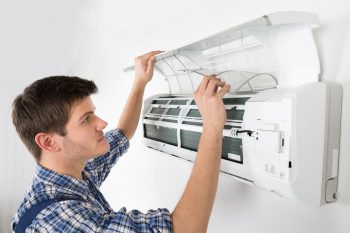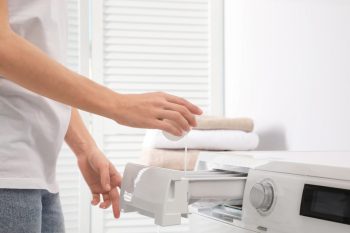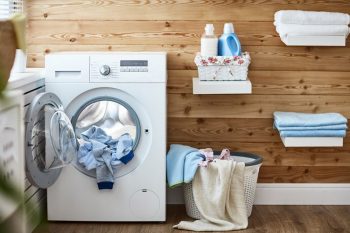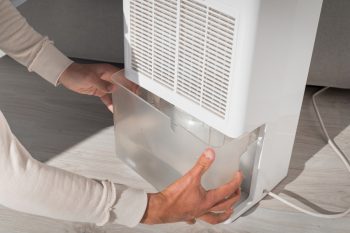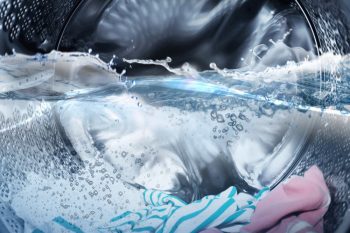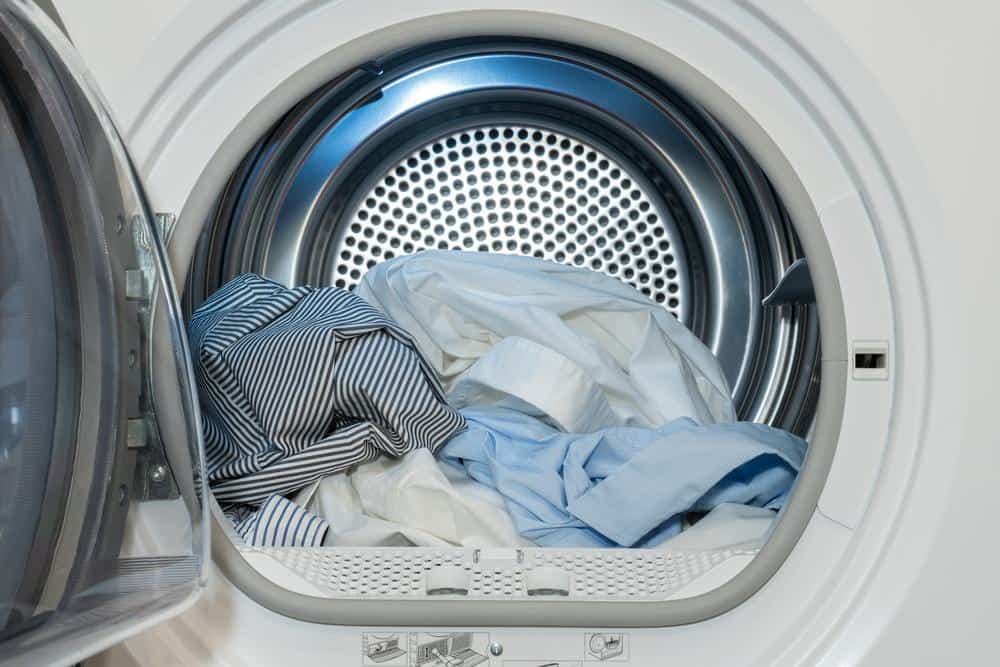
The moisture sensor is a crucial component in your Maytag dryer. It plays a vital role in ensuring your clothes are dried to perfection, preventing under-drying or over-drying. But where exactly is this sensor located and how does it function? Let’s dive into the details.
The moisture sensor in a Maytag dryer is typically located either on the back wall of the dryer drum or in the front near the lint trap. In newer Maytag models, the sensors are usually positioned along the lint trap, while in older models, they may be on the rear wall of the drum. To locate the moisture sensor in your specific Maytag dryer model, refer to your user manual.
Understanding the Moisture Sensor
Before we identify the location of the moisture sensor, it’s important to understand what it does. The moisture sensor in a Maytag dryer monitors the remaining moisture in the clothes and adjusts the drying cycle accordingly. This feature is a significant stride towards energy efficiency and reduced drying times.
The sensor works thanks to two metal bars. As wet clothes tumble over them, the moisture creates a quick electrical current that passes through the bars. Once the clothes dry and lose their moisture, this current weakens. When the moisture sensors no longer detect any current, they signal the dryer to turn off automatically.
Location of the Moisture Sensor
The moisture sensor is typically located either on the back wall of the dryer drum or in the front near the lint trap. In newer Maytag models, the sensors are usually positioned along the lint trap, while in older models, they may be on the rear wall of the drum.
To locate the moisture sensor in your specific Maytag dryer model, you should refer to your user manual. However, you can generally identify the sensor by looking for two metal bars inside the dryer drum.
Signs of a Faulty Moisture Sensor
A faulty moisture sensor can impact the efficiency of your Maytag dryer. Some signs of a faulty sensor include clothes not drying properly, the dryer running indefinitely, or the dryer taking longer than usual to dry clothes. If you notice any of these signs, it may be time to clean or replace your moisture sensor.
Cleaning the Moisture Sensor
Over time, the moisture sensor can become coated with lint, dirt, and dryer sheet residue, which can affect its ability to detect moisture accurately. To clean it, follow these steps:
- Locate the moisture sensor: As mentioned, it’s typically found on the back wall of the dryer drum or in the front near the lint trap.
- Clean the sensor: Use fine-grit sandpaper to scrub the moisture sensor. This will help remove fabric softener build-up, lint, or any debris that is interfering with the sensor.
- Polish the sensor: Use a dry rag to polish the moisture sensor. Wiping with a dry rag will ensure the sensor is clean.
- Test the dryer: On your next load, check that the auto-dry setting is on and evaluate how your dryer is performing. If it’s still not drying clothes all the way, your sensor may need to be replaced.
Replacing the Moisture Sensor
If cleaning the sensor doesn’t resolve the issue, you may need to replace the moisture sensor. This can be done by following these steps:
- Disconnect the dryer from the power source: Safety first, always unplug the appliance or turn off the circuit breakers.
- Locate the moisture sensor: Check your user manual to determine the exact location for your specific dryer model.
- Remove the front panel: This may involve removing screws and disconnecting wire harnesses.
- Disconnect the moisture sensor: Once you have access to the moisture sensor, disconnect any attached wires and remove the mounting plate, lint screen, and grill if necessary.
- Replace the moisture sensor: Replace the old moisture sensor with a new one. You can purchase a new moisture sensor online or from an appliance parts store.
- Reassemble the dryer: Put the dryer back together by reconnecting the wire harnesses, attaching the mounting plate, lint screen, and grill, and securing the front panel with screws.
- Test the dryer: Plug the dryer back in and test it to ensure it’s functioning properly and the moisture sensor is working as expected.
If you’re not comfortable performing these steps yourself, consider hiring a professional appliance repair technician to replace the moisture sensor for you.
In conclusion, the moisture sensor is an essential part of your Maytag dryer. Knowing its location and how to maintain it can significantly enhance your dryer’s performance and extend its lifespan.
Frequently Asked Questions
What models of Maytag dryers have moisture sensors?
Most modern Maytag dryers come equipped with moisture sensors. However, for the specifics of your particular model, you should refer to the user manual or the manufacturer’s website.
How often should I clean the moisture sensor in my Maytag dryer?
There’s no set interval for cleaning the moisture sensor. However, if you notice that your dryer is not drying clothes properly, running indefinitely, or taking longer than usual, it might be a sign that the sensor needs cleaning.
What type of sandpaper should I use to clean the moisture sensor?
Fine-grit sandpaper is recommended for cleaning the moisture sensor. It’s abrasive enough to remove lint and fabric softener residue, but not so rough as to damage the sensor.
Where can I buy a replacement moisture sensor for my Maytag dryer?
You can buy a replacement moisture sensor for your Maytag dryer from appliance parts stores or online retailers. Be sure to purchase a part that is compatible with your specific Maytag dryer model.
Can I use any other materials to clean the moisture sensor if I don’t have fine-grit sandpaper?
If you don’t have fine-grit sandpaper, you can use a dry, clean toothbrush to gently scrub the moisture sensor. However, be careful not to apply too much force as this could damage the sensor.

